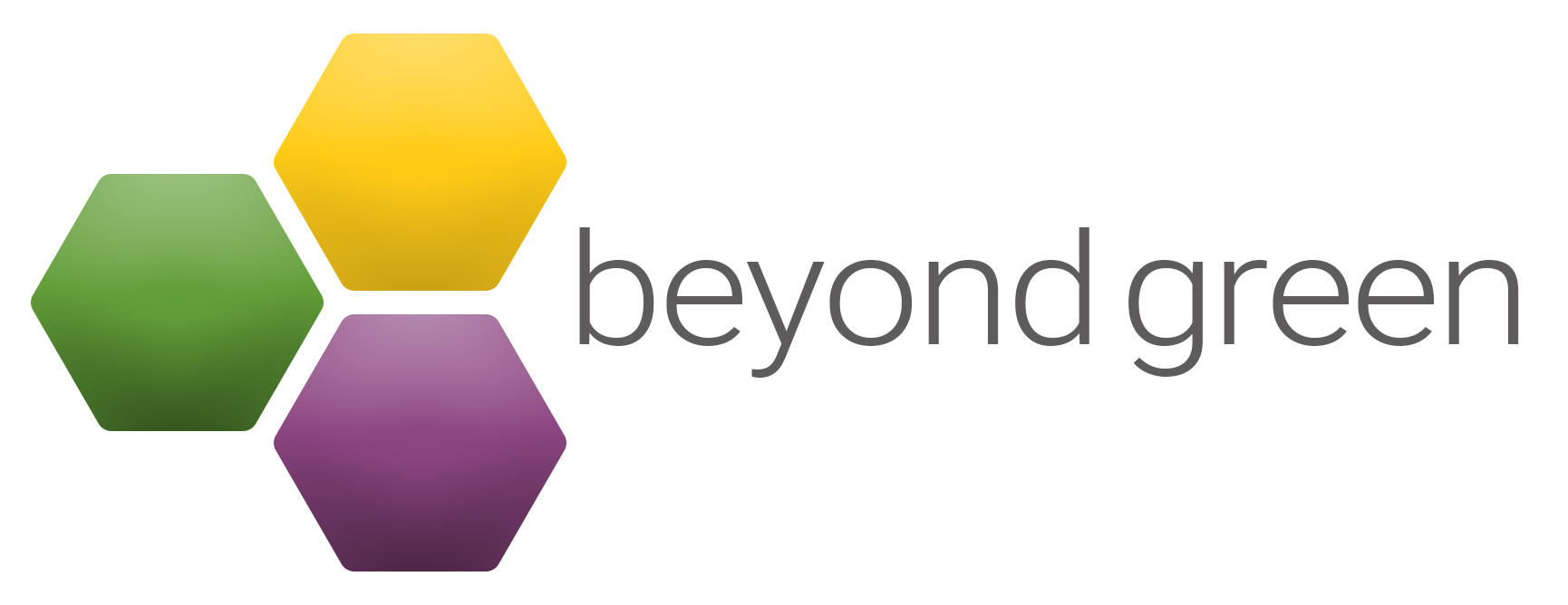With our move to a 4 Day Working week pilot this year, it’s a good time to reflect back on the work we’ve done to make Beyond Green an inclusive and supportive place to work over the last few years. We put our team at the heart of what we do, as evidenced by being named one of B Corp’s Best for the World in the workers category last year – but what does that mean for us in practice, and what can you learn from it?
1. Learn from others to create a rewarding place to work
We’re very ambitious about what we want to achieve. One way that we measure our success is by learning from our communities and our connections. We’re a B Corp because we want to be a business for good, but also because being part of the B Corp community allows us to share our best practice and learn from others more easily.
Being a Living Wage employer is one way we ensure that we reward our team in a fair and measurable way – it’s a benchmark to start from. Another way is our Employee Share Option Scheme, set up in 2017; we are grateful for the learnings shared by Vegware and Stoane Lighting on this.
Alongside other financial rewards, we strive to create a culture that allows people to flourish and openly share their insights. We aim to learn from each other internally, through regular knowledge sharing sessions and discussions. Our recent LinkedIn post on the invisible work women are often expected to cover in the workplace was a result of an internal discussion around the topic, which also allowed us to identify ways in which we can better support women and make work more visible.
2. Think of accessibility as a necessity
Accessibility is a necessity; our company mission is to make positive change easier by inspiring everyone to create a sustainable world, and that ambition can only be achieved if everyone is able to join us in our work in the first place. Even if your company mission is not focused on people, your company relies on the work your team is doing – the more you can support your people, the more of their energy is spent on the work and not on overcoming accessibility barriers.
We’re not perfect when it comes to accessibility; it’s a work in progress, as it should be. But we’ve found that thinking of accessibility as a necessity has helped us invest the time and resources needed to make improvements that have helped the entire team. As an example, sharing meeting agendas in advance is an accessibility concern, but helps everyone stay on track and focused.
We have an accessibility roadmap of improvements, which is crucial especially for a microbusiness like ours – our next goal will be to pilot our inclusive workshop design framework which we’ve adapted from the Universal Design for Learning (UDL) guidelines.
3. Hire in experts
It is easy to think you need to go it alone when it comes to making improvements to your business, but it often means putting yourself under unsustainable pressure. Maybe because we’re a consultancy ourselves, it’s easier for us to realise when we don’t have the internal expertise to meet our ambitions.

Our partnership with AAB People has strengthened and is now integral to shaping our Learning and Development programme. Last year, we started working with AAI EmployAbility to reach a wider range of applicants through their inclusive hiring practices.
We have been sourcing accessibility and disability awareness training from Purple (Purple365) and AbilityNet (supported by a Digital boost Grant), which has helped us build our skills across the team more easily.
Want to know more about the work we do? Have a look at What We Do, our recent Net Zero case studies, or get in touch here.
